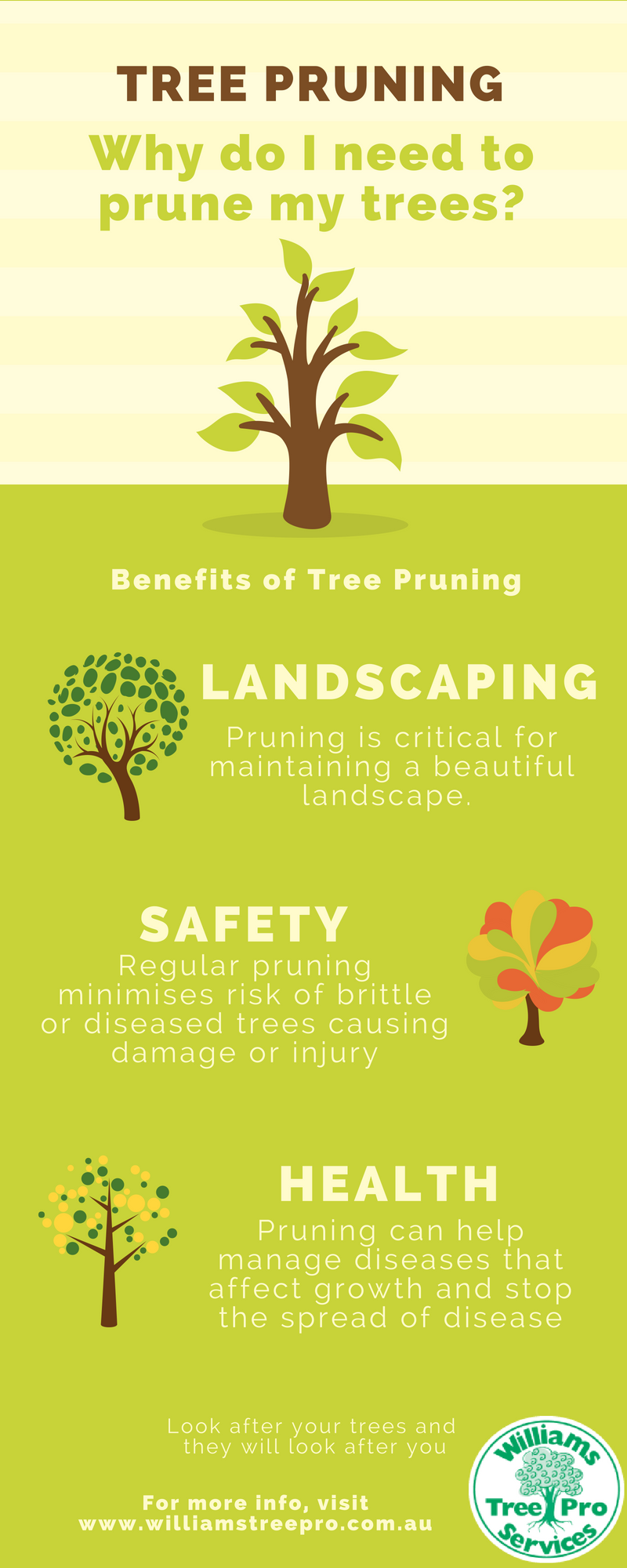Discover Techniques For Preserving A Healthy Habitat After The Trees Have Actually Been Removed
Discover Techniques For Preserving A Healthy Habitat After The Trees Have Actually Been Removed
Blog Article
click the up coming web site -
When it comes to seasonal tree treatment, ensuring correct management before and after removal can dramatically impact the wellness and appearances of your landscape. By understanding the necessary steps associated with analyzing tree health and wellness and getting ready for removal, you can proactively secure your residential or commercial property. However what regarding the important practices to comply with once the tree is gone? Keep tuned to uncover the important post-removal treatment procedures that will aid you cultivate a successful and lasting atmosphere for your trees.
Pre-Removal Tree Treatment
Before addressing the removal of a tree, it's essential to prioritize pre-removal tree care. Start by analyzing the tree's wellness and architectural integrity. Seek indications of illness, parasite problems, or any structural issues that might present a safety risk throughout removal. It's vital to speak with a qualified arborist to figure out the most effective strategy.
Pruning dead or diseased branches can stop additional damages to the tree and guarantee a smoother elimination procedure.
Furthermore, consider the environmental influence of getting rid of the tree. Trees play an important duty in our ecosystem, so growing a new tree in an ideal location can help balance out any kind of loss. Ensure that you have the necessary authorizations and consents for tree removal, especially if the tree is secured by neighborhood laws.
Seasonal Upkeep Tips
Evaluating your tree's requirements throughout the year is vital for its wellness and longevity. To maintain your trees in leading problem, comply with these seasonal upkeep tips.
In spring, focus on pruning to eliminate dead or broken branches and encourage new growth.
Summertime calls for routine watering, particularly during droughts, to ensure your tree stays hydrated.
As loss approaches, keep an eye out for early indicators of illness or stress, and take into consideration applying mulch to safeguard the roots during winter months.
In winter season, be cautious when removing snow from branches to stop breakage, and remain to check your tree's overall health.
Remember to change your treatment routine based on the specific needs of your tree varieties and neighborhood environment. By remaining conscientious and proactive throughout the seasons, you can help your trees grow and grow for many years to come.
Post-Removal Tree Care
To make sure the wellness of your landscape even after tree elimination, correct post-removal care is essential. After a tree is eliminated, it's crucial to fill the remaining opening with topsoil and compact it to prevent settling. This will certainly assist keep the integrity of the ground and stop potential threats in the future.
Think about growing brand-new plants instead of the gotten rid of tree to bring back the equilibrium and aesthetics of your landscape. On a regular basis water the area to advertise the development of new plants and avoid dirt erosion.
Examine the bordering trees for any indicators of illness or stress that may have been caused by the eliminated tree. Keep an eye out for bugs that could've been attracted to the previous tree and take safety nets to shield the remaining greenery.
If required, consult with a professional arborist to evaluate the impact of the elimination on the surrounding trees and identify any type of additional treatment needed. By following these post-removal treatment actions, you can guarantee the continued health and wellness and charm of your landscape.
https://www.santacruzsentinel.com/tom-karwin-on-gardening-part-iii-social-distancing-in-gardening
To conclude, proactive seasonal tree treatment is important for maintaining the health and wellness and equilibrium of your landscape. By evaluating tree wellness, pruning, and consulting with an arborist prior to removal, you can guarantee a secure procedure. After elimination, filling up the hole, growing brand-new greenery, and regular watering will promote new growth and avoid erosion. Remember to inspect bordering trees for disease and seek additional care procedures from an arborist to keep your landscape thriving.
